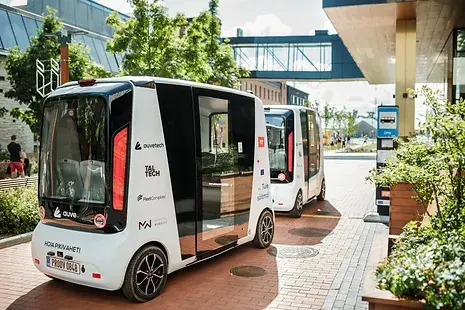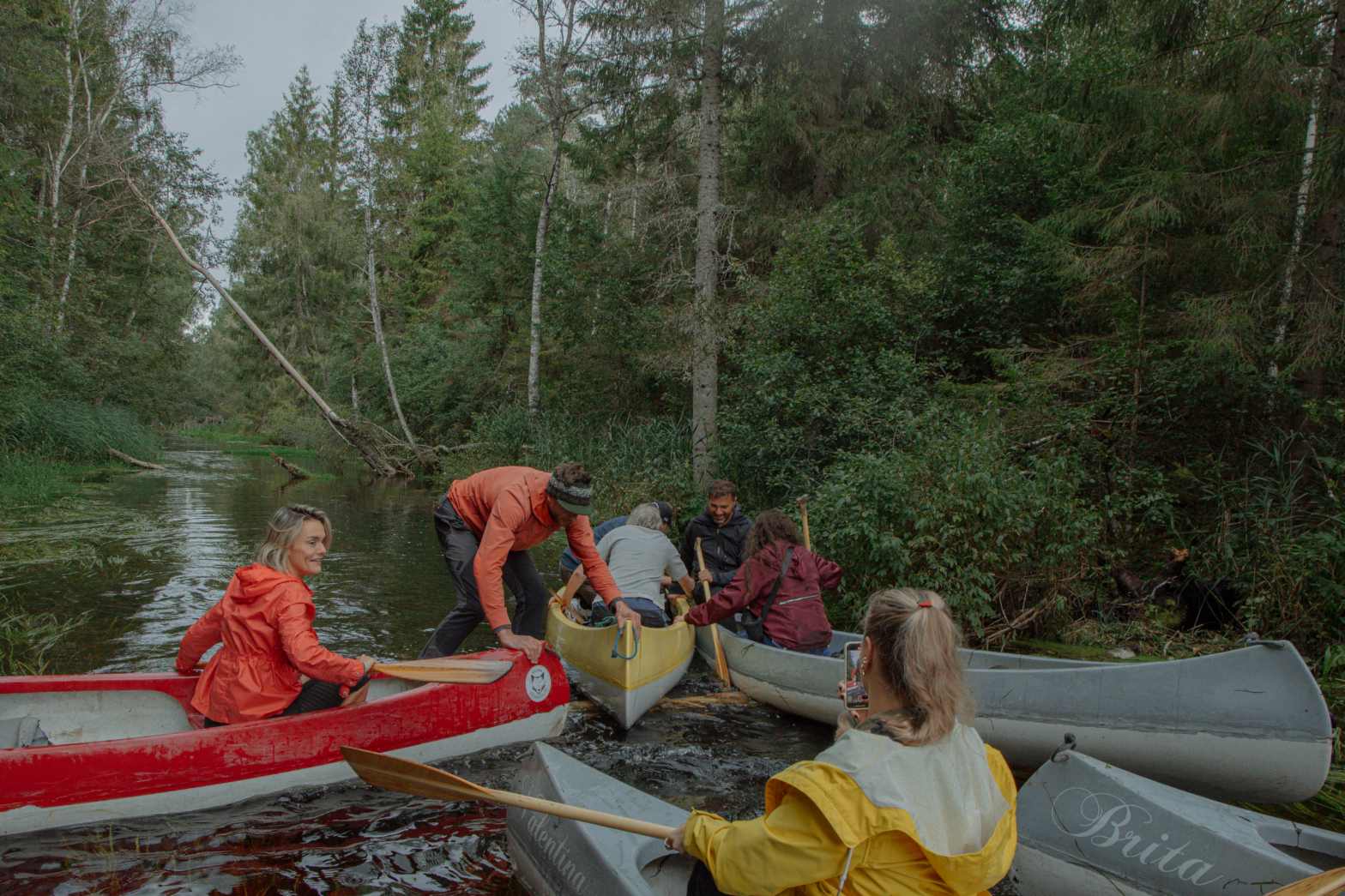The integration of autonomous vehicles in smart cities are also predicted to improve transport efficiency, also reduce traffic congestion and accidents, and improve air quality. Automated vehicles may still work best in specific types of environments, such as motorways where there are fewer obstacles and distractions, and the traffic is more predictable. However, there are ongoing research and development efforts to make automated vehicles more capable of operating in complex urban environments, such as cities. The technology is still in development and testing phase, and it’s expected that it will take some time to be widely adopted in cities.
5. Development of smart buildings and energy systems to improve energy efficiency and reduce greenhouse gas emissions.
Smart energy systems will be used to optimize energy usage and reduce carbon emissions in cities. This will include the integration of renewable energy sources, such as solar and wind power. Energy-efficient buildings and smart grid systems can help reduce the city’s carbon footprint and improve air and water quality, which contributes to overall improved environmental sustainability.
We have three of such pilot projects ongoing in FinEst Centre, with DigiAudit aiming to improve operational energy performance and indoor climate through the digitalization of facility management in large real estate portfolios; Microgrids, providing municipalities means to solve their energy supply problems, whilst increasing the uptake of carbon-neutral energy through the simplified formation of electrical microgrids and closed electricity distribution grids; and RESTO (REnovation Strategy Tool) that aims to develop a digital platform for municipal decision-makers that would allow them to optimize required investments into their building stock.
6. Use of virtual and augmented reality to enhance the public participation in urban planning and design.
Smart cities will focus on engaging citizens in the planning and implementation of smart city initiatives, using digital platforms and citizen participation programs. Directly involving citizens to possible changes in the city environment, we have initiated a Well-being Score pilot, to bridge the gap between urban planners and residents. The well-being score can also be used as an input for solving climate challenges in the city planning. Increased well-being in the city, e.g., better human-environment relations, in turn, creates an overall spill-over effect contributing to secure and mentally, physically, socially, economically healthier city.
GreenTwins project addresses the issue of how it can be better considered in planning processes for sustainable and more democratic cities. Within the project, a dynamic layer of green infrastructure in the urban digital twins of Helsinki and Tallinn is developed, which gives citizens and non-professional stakeholders possibility to be included in the city planning processes, taking urban greenery and its effects on people into account.
7. Focus on climate change adaptation and sustainability.
Smart cities will focus on adapting to the impacts of climate change, such as sea-level rise, extreme weather events, and heat waves. Sustainability will be prioritized, using green technologies, energy-efficient buildings, and sustainable transportation systems.
In Europe we have ambitious goals set and need to be met. We are partnering with NetZeroCities project, to support and lead 100 cities in European Union to achieve climate neutrality. We are also in the process of bridging the sustainability governance of Tallinn with Ukrainian cities.
Just as in real-life – the response you get highly depends on what and how you ask. What the AI smartly noted however, is that the implementation of these technologies will also depend on the measurable resources, funding, willingness of stakeholders to work together and the political will of the city. AI is not inventing anything but using the existing texts, which are typically repeating the high-level message of mostly enabling nature of smart city technologies, Toiskallio notes.
It would be interesting to ask the same questions in the beginning of 2024 and see if and how the trends and their focus shifts. However they may change, one thing we know for sure – in the center of all these novel technological developments are all of us people, whose life and environment should be changed for better as a result.




